How To Use A Microscope Oil Immersion Lens?
To use a microscope oil immersion lens, first focus on the specimen using the lowest magnification lens. Then, place a drop of immersion oil on the slide over the area of interest. Rotate the nosepiece to position the oil immersion lens over the oil drop. Slowly lower the oil immersion lens until it touches the oil. Refocus the specimen using fine adjustment, and adjust the light intensity if necessary for optimal viewing. After use, clean the oil immersion lens and the slide thoroughly to prevent contamination for future use.
1、 Microscope Setup

To use a microscope oil immersion lens, follow these steps:
1. Start by placing a drop of immersion oil on the specimen slide. This oil has a higher refractive index than air, which helps to minimize the loss of light and increase the resolution of the image.
2. Rotate the nosepiece to the oil immersion lens position. This lens typically has a higher magnification, such as 100x or 120x, so it is important to ensure that the specimen is in focus before switching to this lens.
3. Lower the oil immersion lens carefully onto the oil drop on the slide. Be gentle to avoid damaging the lens or the slide.
4. Use the fine focus adjustment to bring the specimen into sharp focus. The increased magnification and resolution provided by the oil immersion lens will allow for detailed examination of the specimen.
5. After use, clean the oil immersion lens carefully with lens paper to remove any residual oil. This will help to maintain the quality of the lens for future use.
From a modern perspective, it is important to note that some microscopes now come with a built-in oil dispenser for easier application of the immersion oil. Additionally, digital microscopes with oil immersion capabilities allow for the capture of high-resolution images and videos, which can be useful for documentation and analysis. Furthermore, advancements in microscope technology have led to the development of super-resolution microscopy techniques, which can provide even greater detail and clarity when using oil immersion lenses.
2、 Oil Application

1. Start by placing a small drop of immersion oil on the specimen slide. The oil should be placed directly on the area of interest, ensuring that it covers the entire specimen.
2. Next, rotate the nosepiece to the oil immersion lens. Carefully lower the lens towards the oil drop, making sure that it comes into contact with the oil without touching the slide. This step requires precision to avoid damaging the lens or the slide.
3. Once the lens is in contact with the oil, adjust the focus using the fine adjustment knob. This will bring the specimen into sharp focus, allowing for detailed observation at high magnification.
4. After use, carefully clean the oil immersion lens using lens paper to remove any residual oil. It's important to keep the lens clean to maintain its optical quality and prevent contamination between specimens.
The latest point of view on using a microscope oil immersion lens emphasizes the importance of proper technique and maintenance. It's crucial to handle the lens with care to avoid damage and ensure accurate results. Additionally, using high-quality immersion oil and following manufacturer's recommendations for cleaning and storage can contribute to optimal performance and longevity of the lens. Regular maintenance and cleaning of the oil immersion lens are essential to prevent deterioration of image quality and ensure reliable observations in microscopy.
3、 Sample Preparation

"Sample Preparation" is a crucial step in using a microscope oil immersion lens effectively. To prepare a sample for observation under an oil immersion lens, follow these steps:
1. Clean the slide: Ensure that the glass slide is clean and free of any debris or contaminants. Use a lint-free cloth or tissue to wipe the slide clean.
2. Apply the sample: Place a small drop of the specimen or sample on the center of the slide. This could be a thin slice of tissue, a drop of water containing microorganisms, or any other material of interest.
3. Cover the sample: Gently lower a coverslip onto the sample, taking care to avoid trapping air bubbles. The coverslip should be placed at a slight angle to allow the sample to spread evenly.
4. Add immersion oil: Place a small drop of immersion oil directly onto the coverslip, ensuring that it completely covers the area of the sample. The oil helps to minimize light refraction and improve the resolution of the image.
5. Use the oil immersion lens: Once the oil is applied, carefully rotate the nosepiece to position the oil immersion lens over the sample. Adjust the focus and observe the sample under the microscope.
From a modern perspective, it's important to note that proper sample preparation is essential for obtaining clear and accurate images when using a microscope oil immersion lens. Additionally, advancements in imaging technology have led to the development of high-resolution oil immersion lenses that can provide even greater detail and clarity in microscopic observations. Furthermore, digital imaging systems now allow for the capture and analysis of oil immersion images, enabling researchers to study samples in more depth and with greater precision.
4、 Focusing Technique

To use a microscope oil immersion lens, follow these steps for the focusing technique:
1. Start by placing a drop of immersion oil on the specimen slide. Ensure that the oil is placed directly on the area of interest.
2. Rotate the nosepiece to the oil immersion lens position. This lens typically has a higher magnification, such as 100x, so it is important to use immersion oil to achieve the best resolution.
3. Lower the oil immersion lens close to the oil drop without making contact. Use the coarse focus adjustment to bring the lens close to the slide.
4. Look through the eyepiece and use the fine focus adjustment to bring the specimen into focus. The immersion oil will help to reduce the refraction of light, resulting in a clearer image.
5. Once the specimen is in focus, you can observe the details at a higher magnification and adjust the lighting as needed for optimal viewing.
From a modern perspective, it's important to note that using immersion oil with the oil immersion lens is crucial for achieving the highest resolution and clarity in microscopic imaging. Additionally, proper cleaning and maintenance of the oil immersion lens are essential to ensure its longevity and performance. Always follow the manufacturer's guidelines for using and caring for the oil immersion lens to maximize its effectiveness.






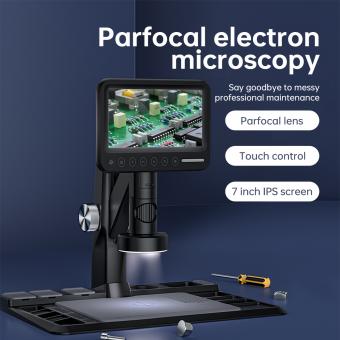




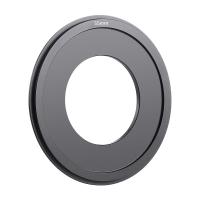
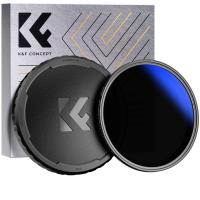
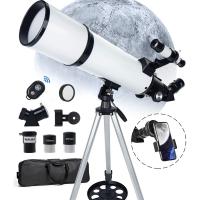

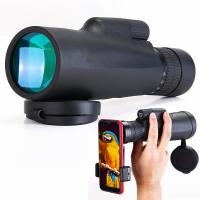


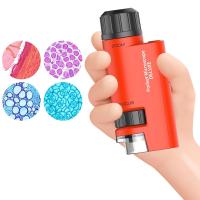



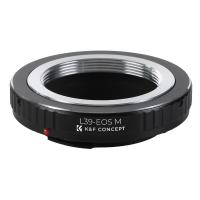


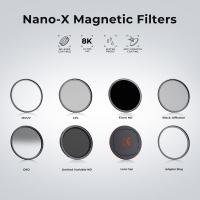

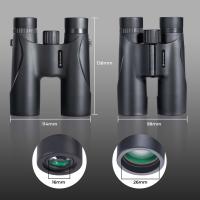
There are no comments for this blog.